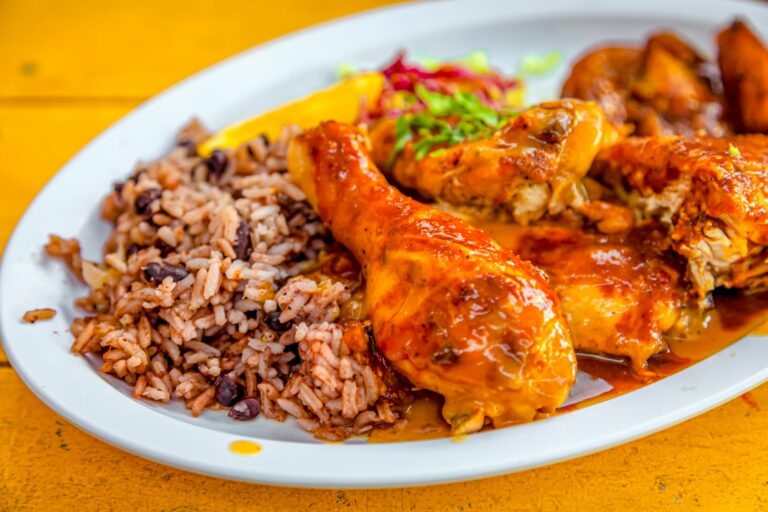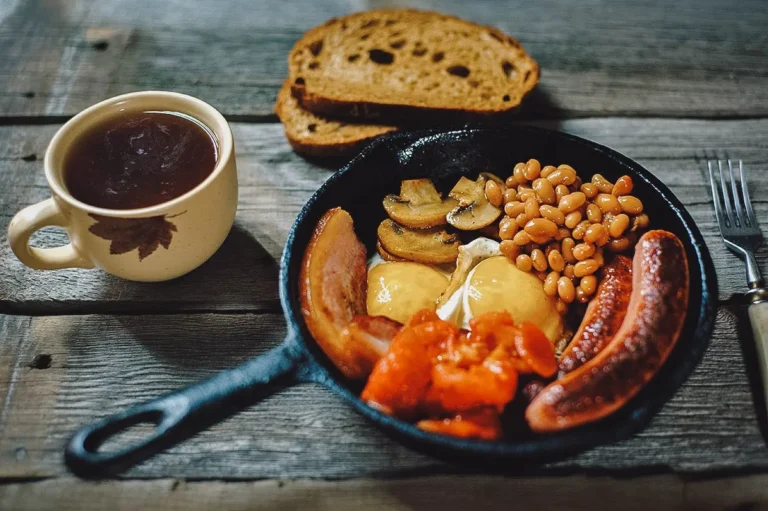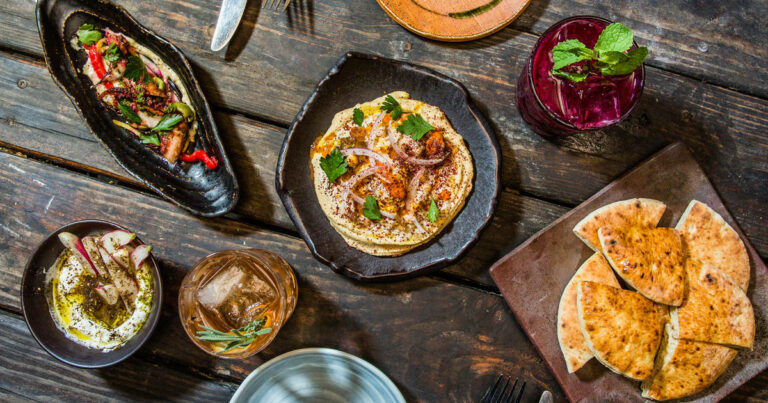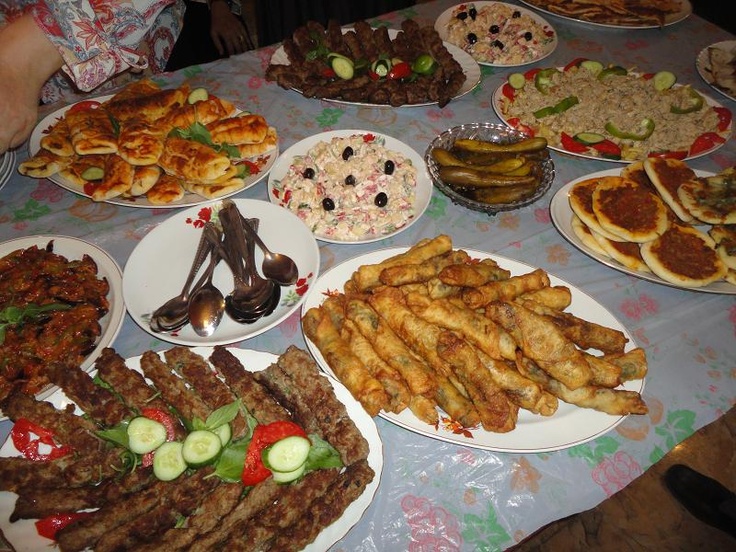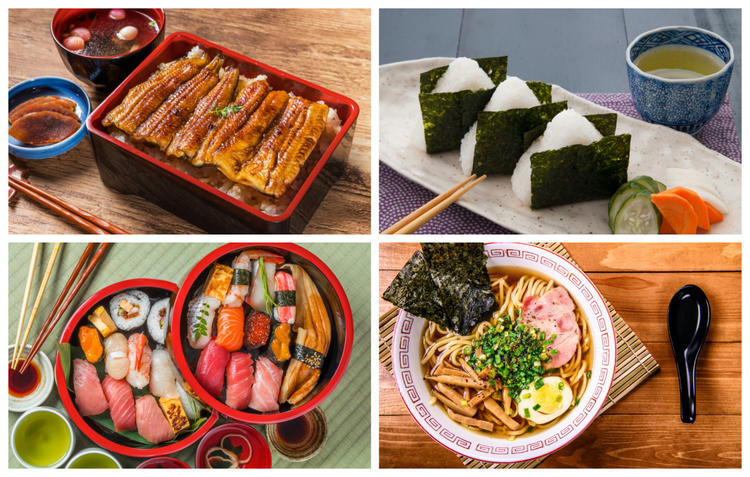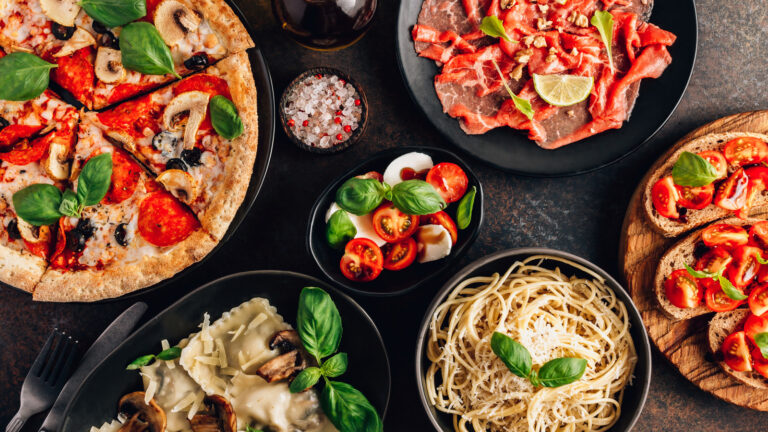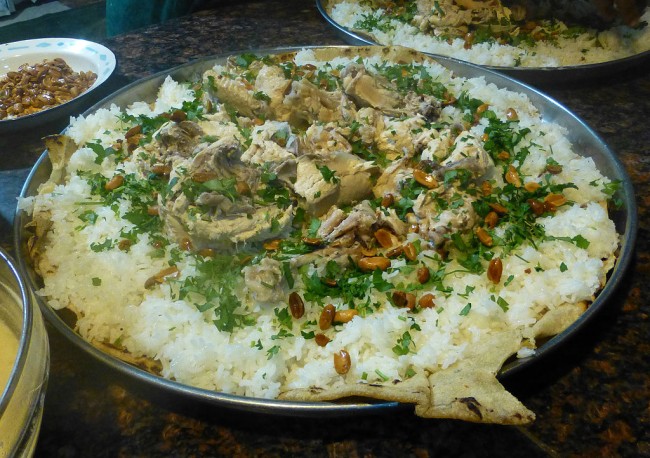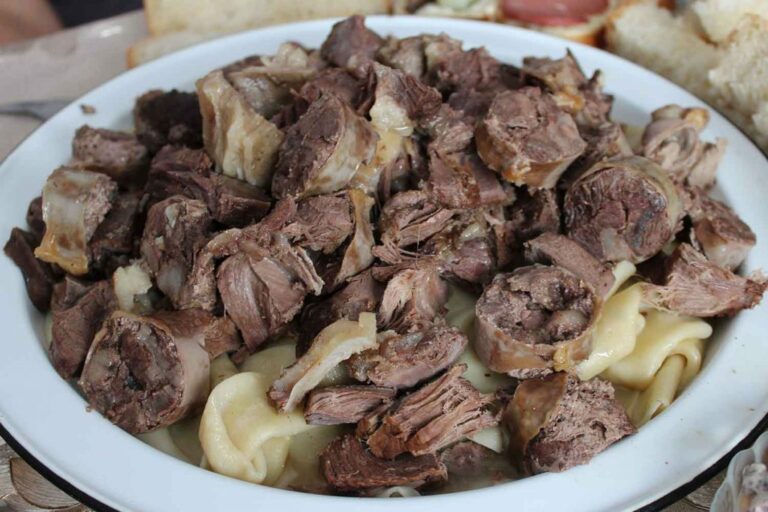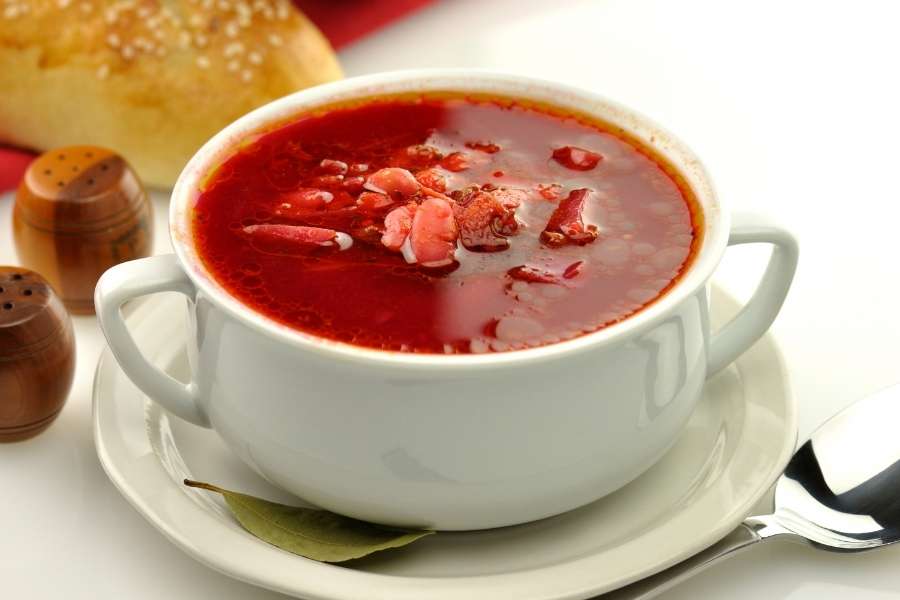Introduction: Indonesian Breakfast Culture
In Indonesia, breakfast is considered the most important meal of the day. It is the time when families come together to share a meal before starting their daily routines. Indonesian breakfasts are known for their variety of dishes and bold flavors. The cuisine reflects the country’s diverse culture and geography, with each region having its own unique specialties.
Rice as the Main Staple Food
Rice is the main staple food in Indonesia and is an essential component of breakfast. Indonesian breakfasts usually consist of steamed or fried rice, known as “nasi goreng,” served with various side dishes. In some regions, people also eat boiled rice, known as “nasi putih,” along with side dishes.
Variety of Side Dishes
Indonesian breakfasts are incomplete without a variety of side dishes. It is common to have eggs, either boiled, fried, or scrambled, served with vegetables such as spinach, bean sprouts, or tomatoes. Other popular side dishes include tofu, tempeh (a soy-based protein), fried chicken, and beef or chicken satay. In some regions, people also eat fish or seafood for breakfast.
Spices and Condiments
Indonesian cuisine is known for its bold flavors, and breakfast is no exception. The dishes are seasoned with a variety of spices such as garlic, ginger, turmeric, and coriander. Chillies are also a common ingredient, and people often add spicy sauce or sambal to their breakfast dishes. Other popular condiments include kecap manis (sweet soy sauce), soy sauce, and shrimp paste.
Popular Breakfast Beverages
Indonesians love their coffee and tea, and they make a perfect accompaniment to breakfast. Coffee is usually served hot and sweetened with condensed milk. Tea is often served with a slice of lime and sweetened with sugar or honey. Other popular breakfast beverages include hot chocolate, fresh juice, and milk.
Regional Breakfast Specialties
Indonesia is a vast archipelago, and each region has its own unique breakfast specialties. In Java, people often eat “nasi liwet,” which is rice cooked in coconut milk and served with chicken or beef, eggs, and vegetables. In Bali, people eat “bubur ayam,” which is a rice porridge served with shredded chicken, peanuts, and crispy shallots. In Sumatra, people eat “soto,” a spicy soup made with chicken or beef, vegetables, and noodles. Whatever the region, Indonesian breakfasts are diverse and delicious.


